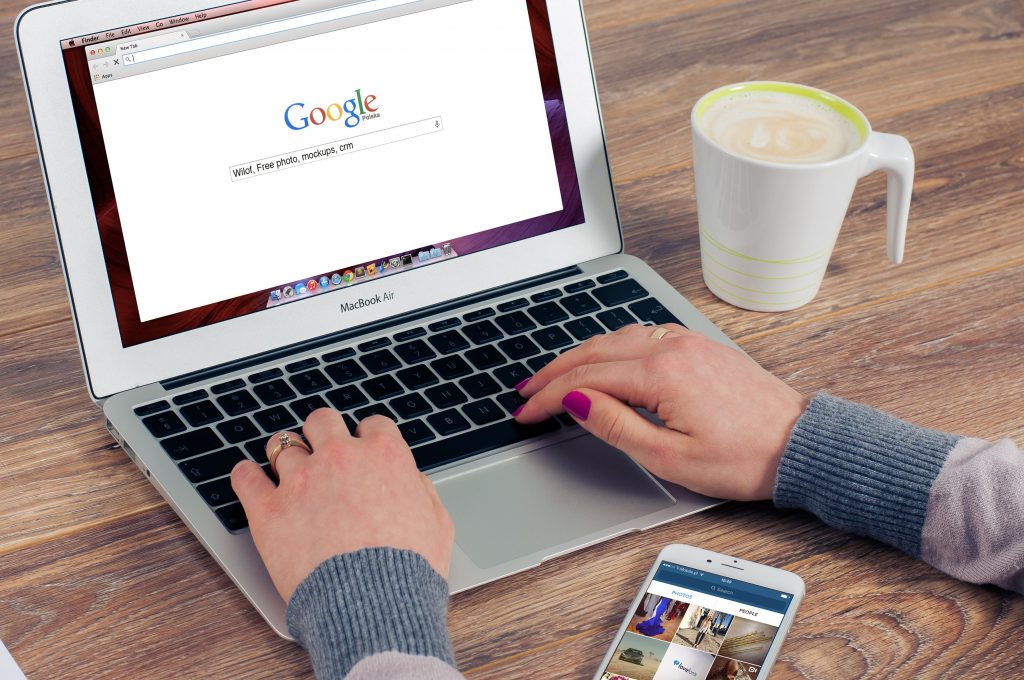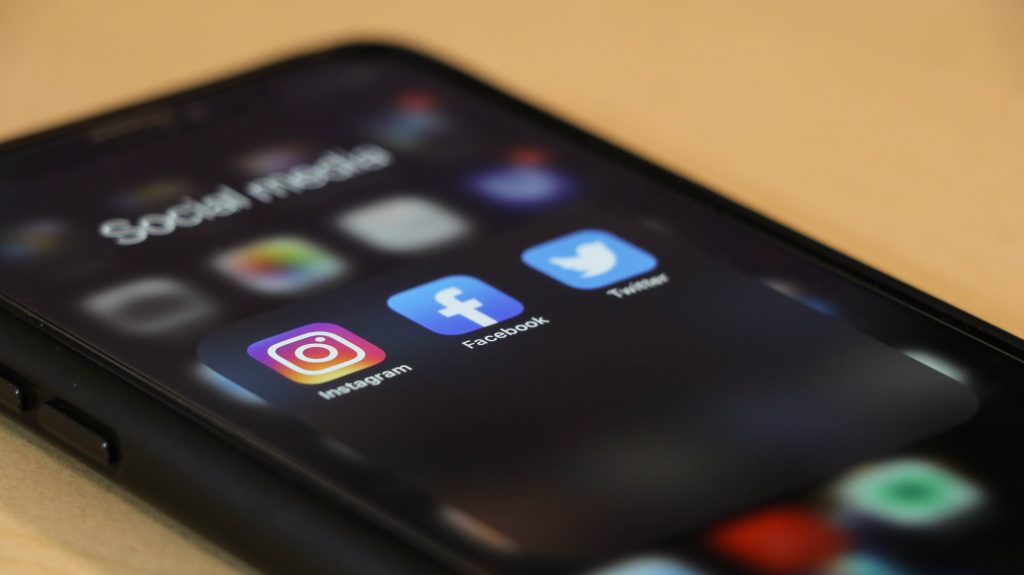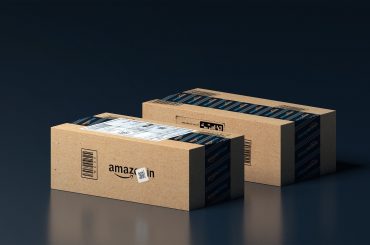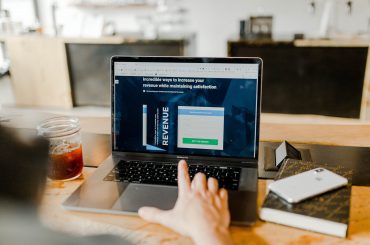Life has taken a full swing in the last few decades, especially in the world of technology. We can have access to an infinite number of things within a few seconds. In a world where people can perform most activities through the internet, the metrics “speed of the site” has become more critical than ever.
With the increase in the influence of the internet, metrics like site speed has become very important to businesses. A slow site means people will bail because no one has the patience to wait for a website to load.
Site speed is like a foundation stone to digital marketing because content or blog requires an underlying infrastructure like it.
How Site Speed Affects SEO?

SEO means, Search Engine Optimization. It is a method of acquiring targeted traffic to a website from a search engine’s organic rankings. Organic ranking means the non-paid section of the search result.
Site Speed is an incredible metric to overall digital marketing strategy and online presence. Also, it has a significant impact on SEO rankings on desktop and mobile, quality score impacts of Google Paid Ads, and primarily on user experience while browsing.
Slow websites eventually have a low number of pages per visit, low organic rankings, and higher bounce rates in SERP.
In 2010, Google initiated an algorithm using site speed as ranking signals. And it is considered as one of the most effective ways in determining which websites should be shown at the top in SERP when someone searches for the relevant things.
In layman language site speed is how quickly a website responds to web requests.
Impact of Site Speed on Social Media Ads
Social ads are the process of creating and deploying clickable ads to reach target audiences through social media platforms and especially on websites.

Marketers use social media advertising campaigns to improve brand awareness, generate leads, and capture sales revenue. Many times, targeted audiences are unfamiliar with the brand or the products that are advertised; still, there is a good chance of resonating and immediate response.
Google and Facebook favor higher site speeds while displaying social ads. Facebook changed the algorithm back in 2017 that prioritized user experience. Also, they announced that the site speed of the advertisement page would decide that the ad will be prioritized or not.
After that, many factors came into the picture for Facebook’s algorithm with social ads. The fast site speed ads were getting higher priority on the newsfeed than the slow ones.
How Can Site Speed Influence Customer Likeliness to Make a Purchase?
Around 70% of consumers have stated that site speed influences customer likeliness to buy. They have highlighted that if a site takes more time to load the interest and patience of the customer decreases. Hence less likely to make a purchase.

If a company wants the customer to buy a product, they should make sure that their site loads as fast as possible to ensure a satisfactory user experience.
Cause of Slow Site Speed in Web Pages
There are many reasons why a web page loads slowly. Common reasons behind websites being are:
- Cheap Hosting.
- Unoptimized Images.
- Incompatible Browsers.
- Bulky Site Codes.
Cheap Hosting – This approach may save money in the beginning. However, if it isn’t reliable, it can hamper the business in the long run. In most cases, cheap hosting leads to slower site speed.
Unoptimized Images – All images need to be compressed, it means that they should be high-quality images in the right format, dimension, size, and resolution with the reasonable file size. The more compressed the images are, the faster site speed will be.
Incompatible Browsers – An outdated browser may not work correctly with the most recent version of WebGL. So, updating a web browser can often solve an “Incompatible Browser” error message.
For example, flash can seriously slow down a webpage as it isn’t compatible with most mobile devices.
Site Codes are Too Bulky – The more code a user’s web browser has to load, the longer it will take for the website to be visible and to be accessible. If the code of the website contains unnecessary characters and line breaks, the site speed would be slower.
To avoid this sort of situation, you can minimize the unnecessary elements in the coding.
Two popular plugins that can help in minimizing unnecessary elements are:
Autoptimize Minify Code – It is an addition to inlining CSS and optimizing JavaScript files.
Fast Velocity Minify – It combines CSS and JavaScript files to reduce the number of requests needed for browsers to load your pages
How to Increase Site Speed?
- Enable Compression.
- Minify JavaScript, CSS, and HTML.
- Reduce Redirects.
- Remove Render-Blocking JavaScript
- Leverage Browser Caching
- Improve Server Response Time
- Use a Content Distribution Network (CDN)
- Optimize Images and Video
Driving User Growth With Performance Improvements
Performance is about retaining and increasing the number of users with the site speed. Any company wants its users to interact meaningfully and conveniently with the service they are providing.
If you have a blog, the main objective will be that it engages with people. If you have an online store, the main aim would be that the visitors make a purchase. Similarly, If you are managing a social network, then your primary objective will be that people share and connect with your brand. Site speed always has to play a significant role.

The company’s ultimate objective will always be to deliver proper performance that the users expect.
Let’s look into some case studies that show how high-performing sites engage and retain users better than low-performing ones.
Positive Impact of Fast Site Speed on Business Goals:
- In 2015 Pinterest decreased perceived wait time by 40%. As a result, they got an increase in search engine traffic and sign-ups by 15%.
- When COOK reduced average page load time by 850 milliseconds. It led to increased conversions rate by 7%, decreased bounce rates by 7%, and increased pages per session by 10%.
Negative Impact of Slow Site Speed on Business Goals:
- The BBC concluded that every additional second their site took to load they lost a further increase of use by 10%.
- DoubleClick by Google found that if a page took longer than 3 seconds to load, 53% of visitors get overflowed.
Conclusion
Site Speed is like a building block for the success of a website. Years back from now, it wasn’t a concern for businesses. However, as it is now in 2020 improving site speed is necessary for businesses. Also, this metric is one of the many Digital Marketing Metrics that can help companies in understanding the results of their campaign.





1 Comment
Pingback: Digital Marketing Sales Funneling: Leads→Customers - LogicGrape Blog